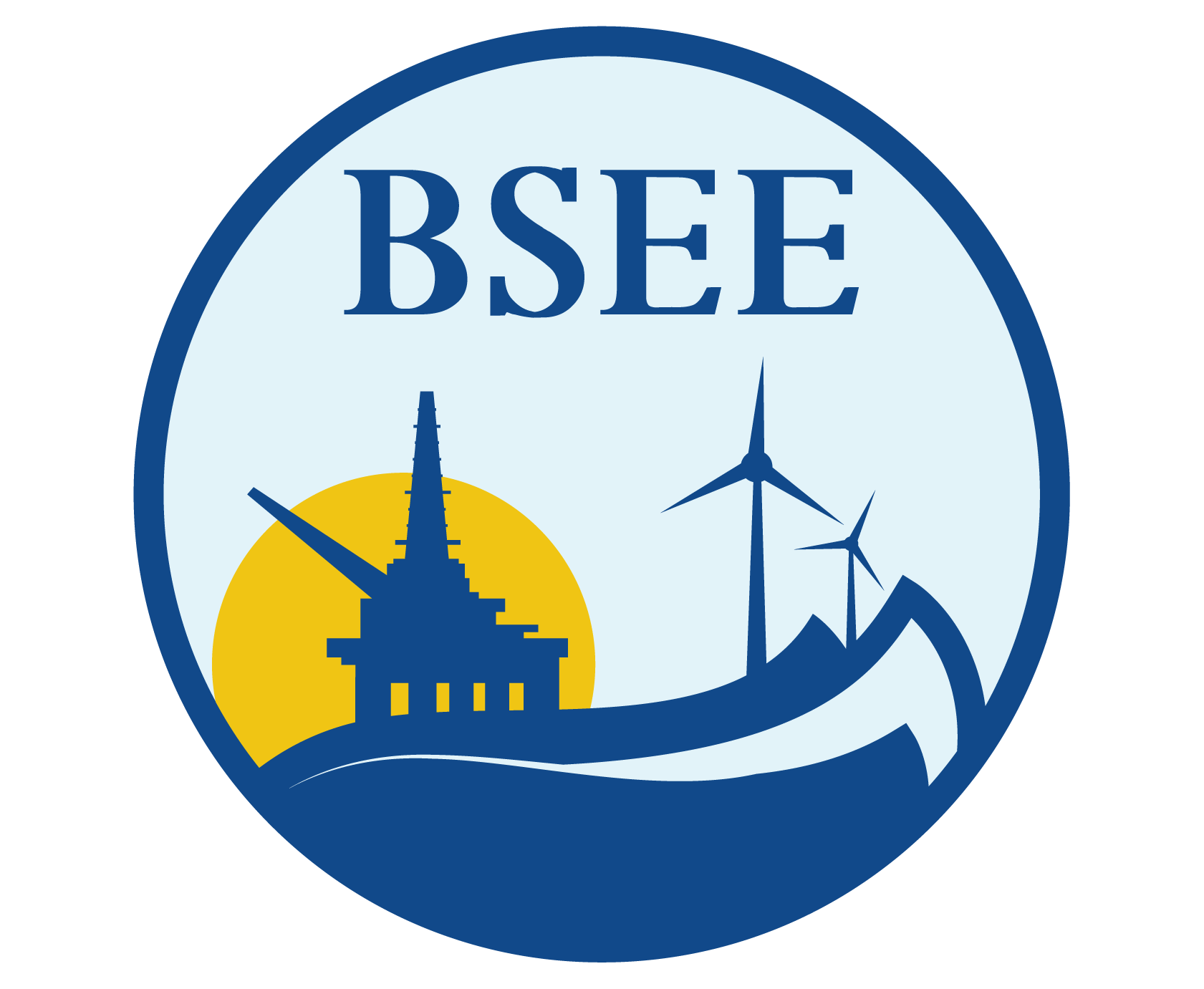November 4, 2013
Explosion, Fire, and Fatalities on the Black Elk Production Platform
Located at West Delta 32 E on November 16, 2012
Statement of Brian Salerno
Director of the Bureau of Safety and Environmental Enforcement (BSEE)
On November 16, 2012, an explosion and fire occurred on a platform operated by Black Elk Energy Offshore Operations (Black Elk) in the Gulf of Mexico, resulting in the deaths of Ellroy Corporal, Jerome Malagapo, and Avelino Tajonera and the serious injury of three other workers on the facility. The explosion and fire, which occurred while welding and construction work was being conducted on the platform, also resulted in the discharge of pollutants into the Gulf of Mexico.
The death and serious injuries of the workers on the Black Elk facility remind us of the grave consequences that can arise from offshore operations. Our deepest sympathies continue to go out to the families and friends of Mr. Corporal, Mr. Malagapo, and Mr. Tajonera. As reflected in the investigation report prepared by the Bureau of Safety and Environmental Enforcement (BSEE) Panel, these deaths were caused by a number of decisions, actions and failures by Black Elk and contractors retained by Black Elk while conducting construction operations. These failures reflect a disregard for the safety of workers on the platform and are the antithesis of the type of safety culture that should guide decision-making in all offshore oil and gas operations.
Specific safety failures identified by the Panel include: no hazard identification; conducting “hot work” without taking required safety precautions; failure to isolate hydrocarbons inside an oil tank; ineffective communication among contractors; and a climate in which workers feared retaliation if they raised safety concerns.
BSEE regulations address welding operations specifically and the safe conduct of operations generally. The regulations appropriately identify precautions that need to be taken prior to welding operations in areas or equipment that might contain hydrocarbons. The report concludes that regulations were not followed. Accordingly, BSEE is proceeding with appropriate enforcement actions.
The Panel has recommended that all operators at manned OCS facilities conduct a “safety stand down” of operations to discuss the events leading to the explosion and fire at the WD 32 E platform and review proper safety procedures. Regular safety stand downs, using real world examples to illustrate the potentially tragic consequences that can result from the failure to consider safety at all times, are important and should be undertaken. These stand downs provide an opportunity to re-focus on safety procedures and the consequences if not followed. This action alone, however, is not sufficient. BSEE has recently observed and cited a number of operators for violating requirements associated with “hot work”. Collectively, industry must do more to protect workers. I have requested that the American Petroleum Institute assist BSEE in improving safety by issuing a comprehensive standard for “hot work” containing the industry’s best practices. The document could help to ensure consistency across the OCS, increase industry communication on this important topic, and assist BSEE in evaluating plans.
Within weeks of the tragic events of November 16, 2012, BSEE took action to require Black Elk to improve its safety performance, under threat of disqualification from operations on the Outer Continental Shelf. Over the past year and under the close review of BSEE’s Gulf of Mexico Region, Black Elk has made safety improvements and has implemented changes to its oversight processes. Black Elk remains under a performance improvement plan and BSEE will continue its enhanced oversight to ensure that these improvements are continued and meaningfully implemented across all of Black Elk’s operations.
The tragic loss of life on the Black Elk facility highlights the fact that operators and contractors must be vigilant to safety hazards and risks during all types of operations. These failures occurred during construction operations, not while the facility was producing oil and/or gas. Our recent experience suggests that all offshore oil and gas operations (deep water and shallow water; exploration and production; construction and decommissioning) carry inherent risks and that all entities and personnel engaged in such operations need to work to identify and attempt to mitigate such risks. Effective communication among all facets of the operation is critical, as is the empowering of all workers to stop work if they encounter unsafe conditions. Our Safety and Environmental Management Systems (SEMS) regulations address these and other issues related to the human factor – perhaps the most significant factor when assessing risk. But a SEMS plan alone will not suffice. There must be complete adoption by everyone who works offshore of the tenants of a robust safety culture, and a continuous effort to reduce risks inherent to all operations.
I encourage everyone in the offshore industry to read the investigation report, internalize the lessons learned, evaluate their own operations in light of those lessons, and refocus their efforts.
Brian M. Salerno
Director
